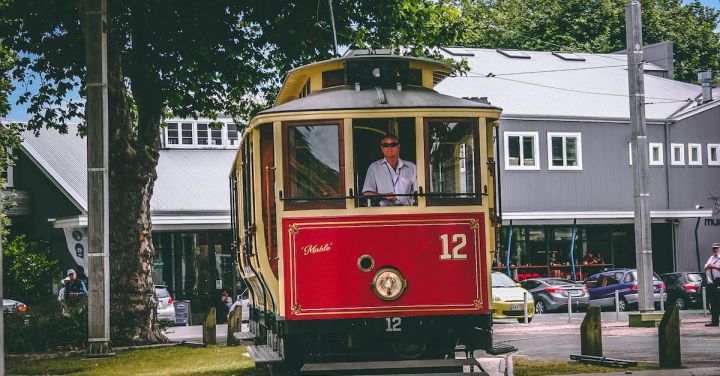In recent years, a remarkable transformation has been taking place in the world of rail transportation. Electric trains, once considered a relic of the past, are making a comeback and leading a railroad renaissance. This shift towards electric trains is driven by a combination of environmental concerns, technological advancements, and economic benefits.
One of the primary factors behind the rising popularity of electric trains is their environmental friendliness. Unlike traditional diesel locomotives, electric trains produce zero emissions at the point of use. This reduction in greenhouse gas emissions is of utmost importance in light of the growing concerns regarding climate change. Electric trains offer a more sustainable alternative to diesel-powered locomotives, contributing to cleaner air and a healthier environment.
Moreover, the advancement of electric train technology has played a significant role in fueling this renaissance. With the development of more efficient electric motors and batteries, electric trains are now capable of reaching higher speeds and carrying heavier loads. These technological advancements have made electric trains more competitive with their diesel counterparts, offering improved performance and reliability.
Furthermore, the economic benefits of electric trains cannot be overlooked. Although the initial cost of electrifying a rail network may be high, the long-term operational savings are substantial. Electric trains have lower energy costs compared to diesel locomotives, which rely on expensive fossil fuels. Additionally, electric trains require less maintenance and have a longer lifespan, leading to reduced operational expenses over time. These cost advantages make electric trains an attractive option for railway operators looking to improve their financial sustainability.
In addition to their environmental and economic advantages, electric trains also boast a range of other benefits. The absence of diesel engines eliminates noise and vibrations, resulting in a quieter and more comfortable journey for passengers. Electric trains also offer smoother acceleration and deceleration, enhancing the overall travel experience. Additionally, electric trains have the potential to integrate with renewable energy sources, such as solar and wind power, further reducing their carbon footprint.
The shift towards electric trains is not limited to a single country or region. It is a global phenomenon, with countries around the world embracing this transformative technology. For example, in Europe, countries like Germany, France, and Switzerland have made significant investments in electrifying their rail networks. China, too, has been a trailblazer in this regard, having the largest electrified high-speed rail network in the world. These efforts indicate a collective recognition of the benefits that electric trains bring to the table.
However, challenges still remain on the path to a fully electric rail network. Electrifying existing rail infrastructures can be a complex and costly process, requiring significant investments in infrastructure upgrades. Additionally, the availability and reliability of electrical power supply can pose challenges, particularly in remote or underdeveloped areas. Overcoming these hurdles will require collaboration between governments, railway operators, and technology providers.
As the railroad renaissance gathers steam, there is no doubt that electric trains are playing a crucial role in shaping the future of rail transportation. Their environmental friendliness, technological advancements, economic benefits, and passenger comforts make them an attractive option for both operators and travelers alike. With continued investments and advancements in electric train technology, we are witnessing a new era of sustainable and efficient rail travel. The shift to electric trains is not just a trend; it is a movement towards a greener and brighter future for rail transportation.
